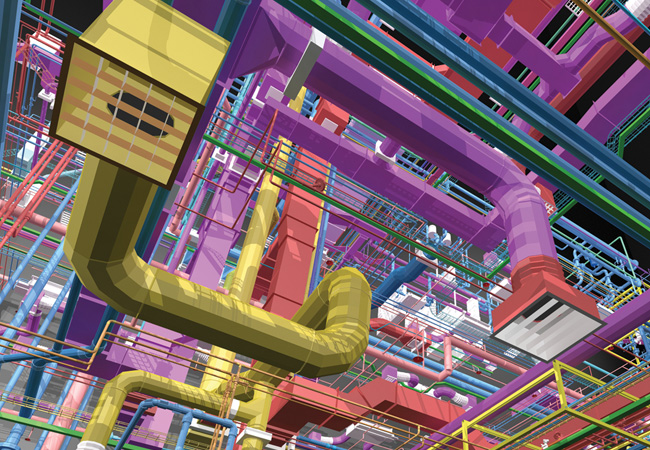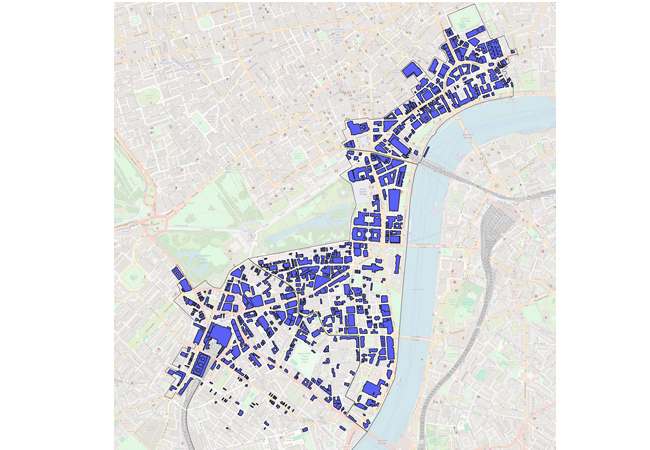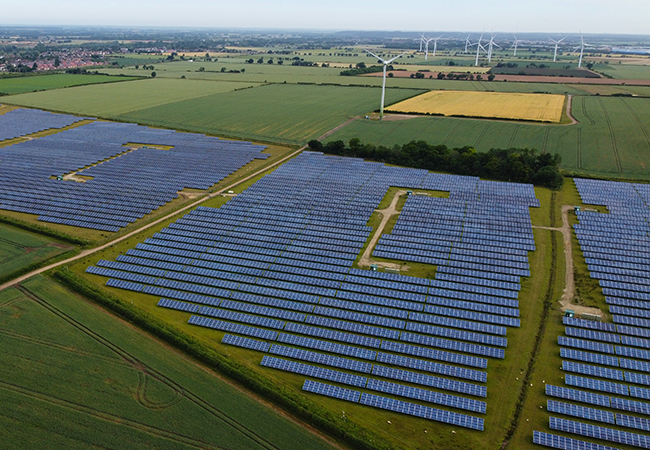
Accountants at PwC claim the use of BIM Level 2 could save the government £400m a year on its capital building programme.
The firm analysed the Environment Agency’s Foss Barrier upgrade in York and the refurbishment of the Department of Health’s HQ in Victoria Street, London, and estimated overall financial savings of 1.5% and 3% of whole-life expenditure.
‘Across the design, build and commission, and handover phases, our quantified estimates were 0.7% and 1.4% of capital expenditure respectively,’ the PwC report said. ‘If this level of saving could be achieved across the National Infrastructure Commission’s projected spending of £31.7bn in 2018/19, this would imply savings to UK taxpayers of £226m-£429m (in 2017 prices).’
Potential cost savings in asset maintenance were identified as the largest benefit. Using BIM during the design phase would also improve efficiency by 5%, save time in build and commissioning, and reduce costs through improved clash detection.
PwC said setting up methods for measuring financial savings ‘would encourage greater focus on the importance of realising savings from the use of BIM and help to increase understanding of how and what data and evidence needs to be collected to support benefits measurement’.




